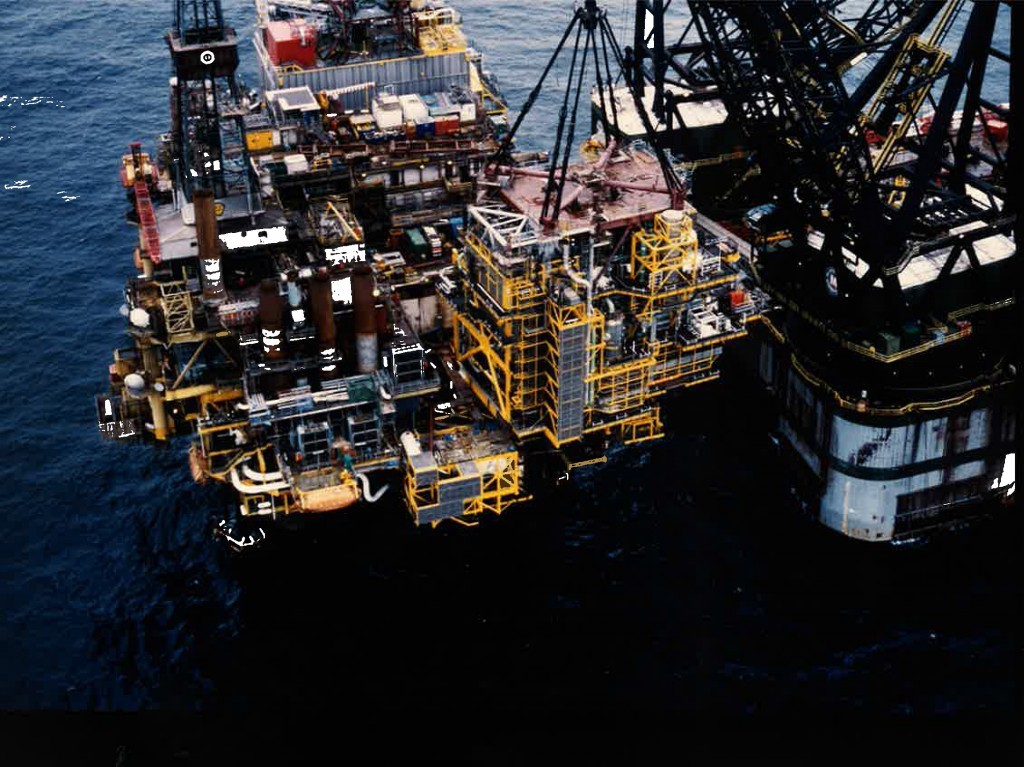
Brent crude slumped to the lowest level since 2004 amid speculation suppliers from the Middle East to the U.S. will exacerbate a record glut as they continue fighting for market share.
Futures fell as much as 1.9 percent in London after a 2.8 percent drop last week. Producers are focusing on reducing costs amid the price decline, Qatar Energy Minister Mohammed Al Sada said Sunday at a meeting of Arab oil-exporting nations in Cairo. Drillers in the U.S. put the most rigs back to work since July, adding 17, data from Baker Hughes Inc. showed.
Oil has fallen below levels last seen during the 2008 global financial crisis on signs the market’s oversupply will worsen. The Organization of Petroleum Exporting Countries effectively abandoned output limits at a Dec. 4 meeting, while the U.S. on Friday passed legislation that lifted a 40-year ban on crude exports.
“There hasn’t been any significant signs of a pick-up in demand and we haven’t seen any meaningful cuts to production,” Ric Spooner, a chief analyst at CMC Markets in Sydney, said by phone. “Nothing has really changed in the oil market over the past couple of months apart from the price.”
Brent for February settlement slid as much as 71 cents to $36.17 a barrel on the London-based ICE Futures Europe exchange, the lowest level in intraday trade since July 13, 2004. The contract was at $36.41 at 2:21 p.m. Singapore time after falling 18 cents to $36.88 on Friday, the lowest close since December 2008. Front-month prices are down 36 percent this year, set for a third annual loss.
West Texas Intermediate for January delivery, which expires Monday, was 28 cents lower at $34.45 a barrel on the New York Mercantile Exchange. It dropped 22 cents to $34.73 on Friday, the lowest close since February 2009. The more active February contract was down 29 cents at $35.77. Total volume was close to the 100-day average.
Crude is set to rise from current “very low” levels that are hurting producers, Iraq’s Oil Minister Adel Abdul Mahdi said after the meeting of Arab petroleum-exporting nations, without providing a forecast on the timing of the rebound. Qatar’s energy minister told reporters before the gathering there was no need to be pessimistic about prices.
The number of drill rigs targeting oil rose to 541, Baker Hughes said on its website Friday. The Permian Basin in West Texas, led the gains with five rigs put back to work. U.S. crude stockpiles remain about 130 million barrels above the five-year average, according to data from the Energy Information Administration.
Recommended for you
